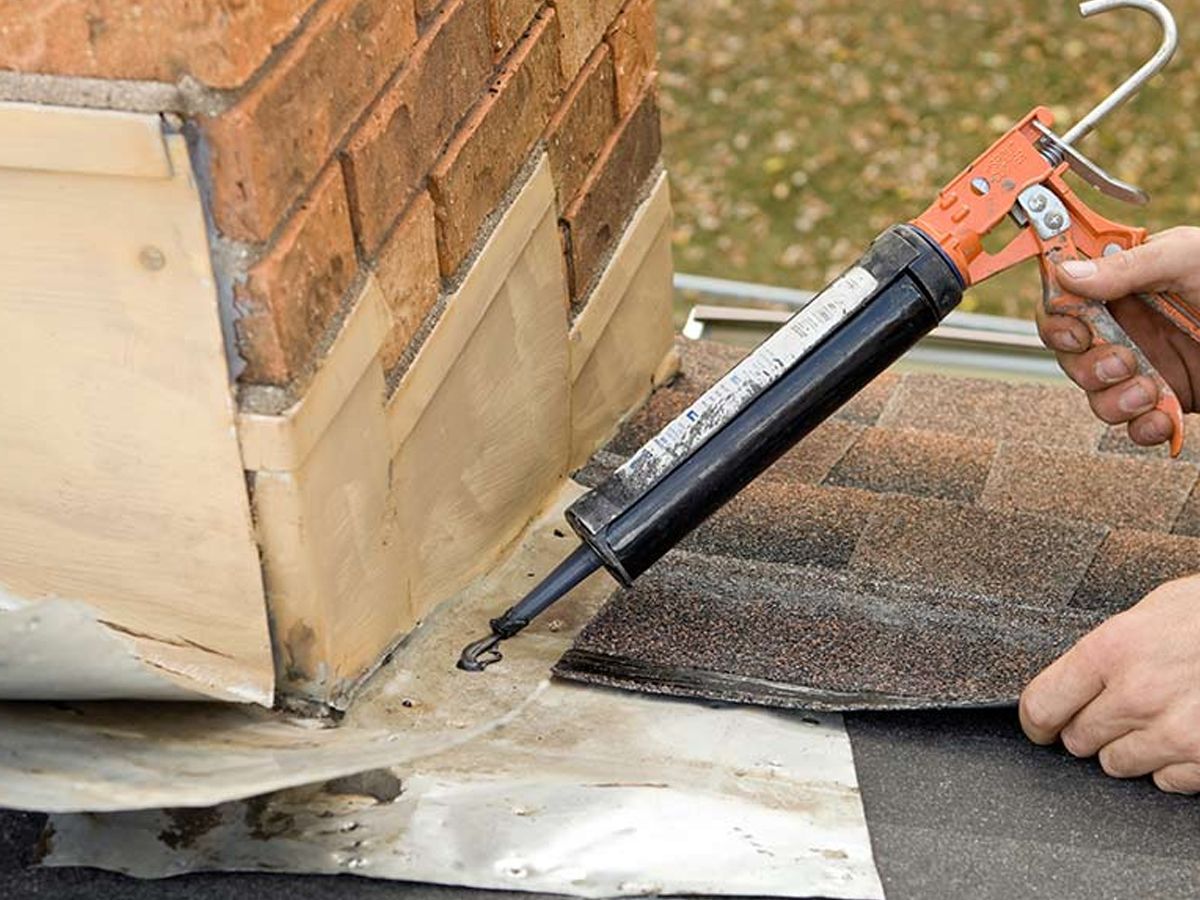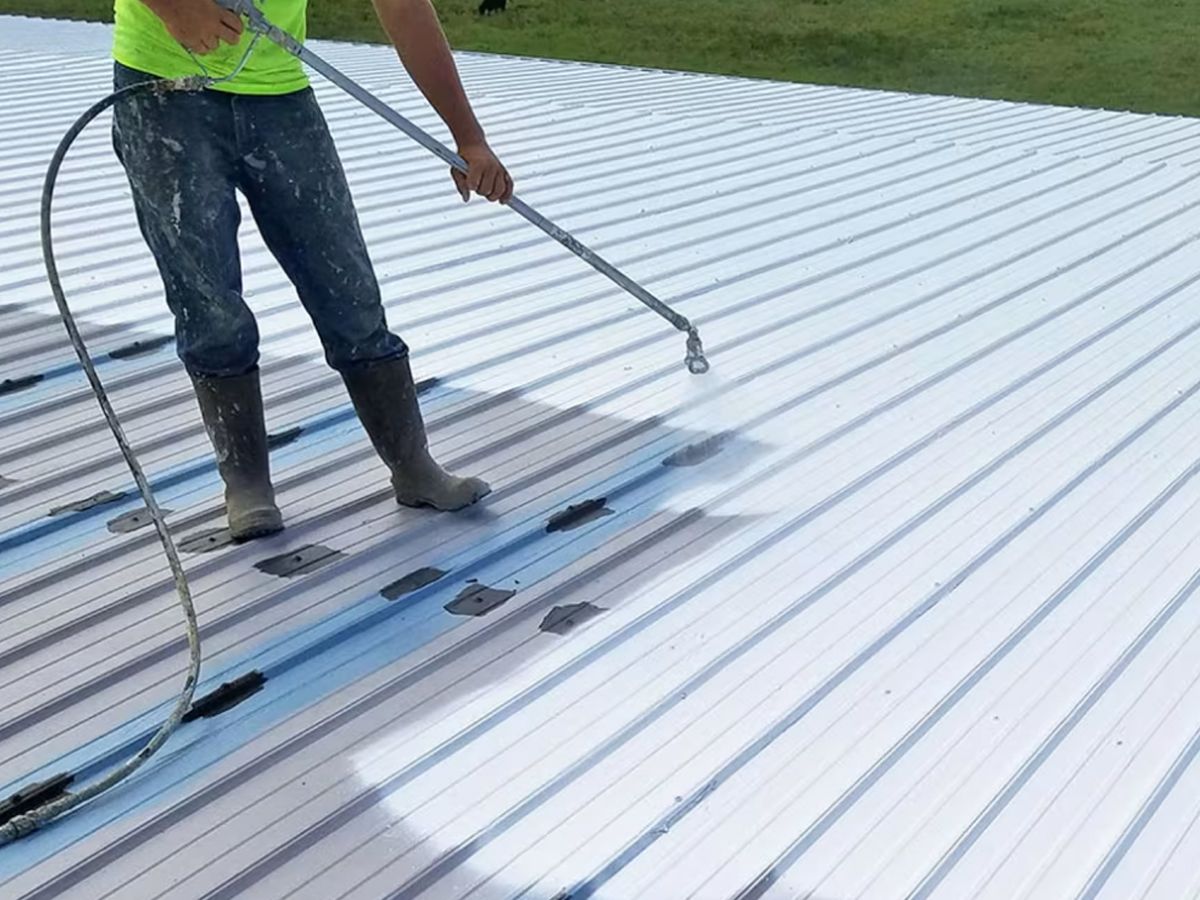About The Author
ANCHOR POINT ROOFING
A comfortable, energy-efficient home starts with the first roof vent. Did you know that proper roof ventilation can significantly impact your home’s overall temperature and air quality? This article will decipher the different types of roof vents and how they help you decide on the best roof vent for your needs.
Let’s delve into this essential yet often overlooked part of the home.
UNDERSTANDING ROOF VENTILATION
Roof vents keep your home healthy and durable by letting fresh air flow in the attic. This prevents moisture, heat, and mold issues that can damage your roof and cost you money. Knowing how attic ventilation works helps you choose the very best roof vents and vent designs for your home.
IMPORTANCE OF ATTIC VENTILATION
Attic ventilation keeps your home healthy and efficient by letting cool air in and hot air out of your attic. This prevents mold and roof damage that can weaken your home’s structure. It also lowers your energy bills by cooling your home in warm months. A ventilated attic is essential for a green and comfortable home.
TYPES OF ROOF VENTS

Different roof vents keep your attic healthy and efficient. Static vents use natural airflow, while ridge vents release hot and cold air up from the roof’s peak. Active vents, such as turbine vents or solar-powered ones, use mechanical devices to boost airflow. Choose the right roofing material for your attic’s ventilation needs.
EXHAUST ROOF VENTS
Roof edge vents can keep your roof healthy by letting hot air out. Ridge vents are common exhaust vents that go over the roof edge. They can be active or passive, depending on how they boost airflow. Static vents and powered vents are also good options to prevent heat and moisture in the attic.
INTAKE ROOF VENTS
Intake roof vents and attic vents are essential parts of a well-designed ventilation system for your home. These attic vents play a crucial role in bringing cool air into the attic space, helping to maintain a comfortable temperature and prevent moisture buildup.
Two common types of intake roof vents are the soffit roof vent and vents and the ridge vent vents.
Soffit box vents are located under the eaves of your roof and allow fresh air to enter through small holes or slots. They work in combination with exhaust vents to create natural airflow, drawing cool air up from the soffits box vents and exhausting hot air through the exhaust vent and out through the upper parts of the roof.
Ridge vents on the roof line, on the other hand, run along the peak of your roof’s ridge and provide continuous ventilation across its entire length. This type of ridge venting allows warm air to escape while preventing rain or snow from entering through specially designed openings.
By incorporating intake roof vents like soffit vents or ridge vents into your roofing system, you can ensure consistent airflow that helps keep your home cooler in the summer months and reduces humidity levels year-round.
Proper attic ventilation is key to preventing mold growth, damaged insulation, and premature deterioration of roofing materials due to excessive heat buildup.
HOW ROOF VENTS WORK
Roof vents work by allowing hot air to escape from the various vents in your attic while drawing in fresh, cooler air below. This helps regulate temperature, remove hot air and prevent moisture buildup, protecting your roof and home.
CREATING AN EFFECTIVE VENTILATION SYSTEM

An effective ventilation system is essential for proper ventilation allowing air through and maintaining a healthy and balanced roof. It consists of both intake and exhaust vents that work together to remove stale air from the attic space.
Several types of passive roof vents are available today, each with its own level of effectiveness in promoting proper airflow. Active ventilation systems, or solar-powered passive vents such as turbine vents or power vents for roof turbines, use mechanical means to expel air.
On the other hand, passive ventilation systems rely on natural factors such as wind or temperature differences to create airflow. Regardless of the type, designing and constructing a properly functioning ventilation system is critical to preventing moisture buildup and ensuring optimal air circulation throughout your home’s roofing system.
MAINTAINING AND TROUBLESHOOTING ROOF VENTS
Maintaining and troubleshooting active roof vents is important to avoid leaks and poor ventilation. Inspect active vents for damage or debris that block airflow. Clear the vents and check the flashing for cracks or gaps. If you have problems, call a roofing contractor for help. Good maintenance will make your roof vents last longer and improve your home’s energy and air quality.
CONCLUSION
If you need professional help with installing, repairing, or replacing roof vents, contact Anchor Point Roofing today. We are a trusted and experienced roofing company that can handle any type of roofing project, whether big or small.
Our team of experts will assess your attic ventilation needs and recommend the best solution for your home. We offer free estimates, quality workmanship, and excellent customer service.
Don’t let poor attic ventilation compromise the performance and durability of your roof – contact us to schedule a consultation. Anchor Point Roofing – your trusted partner for all your roofing needs.





